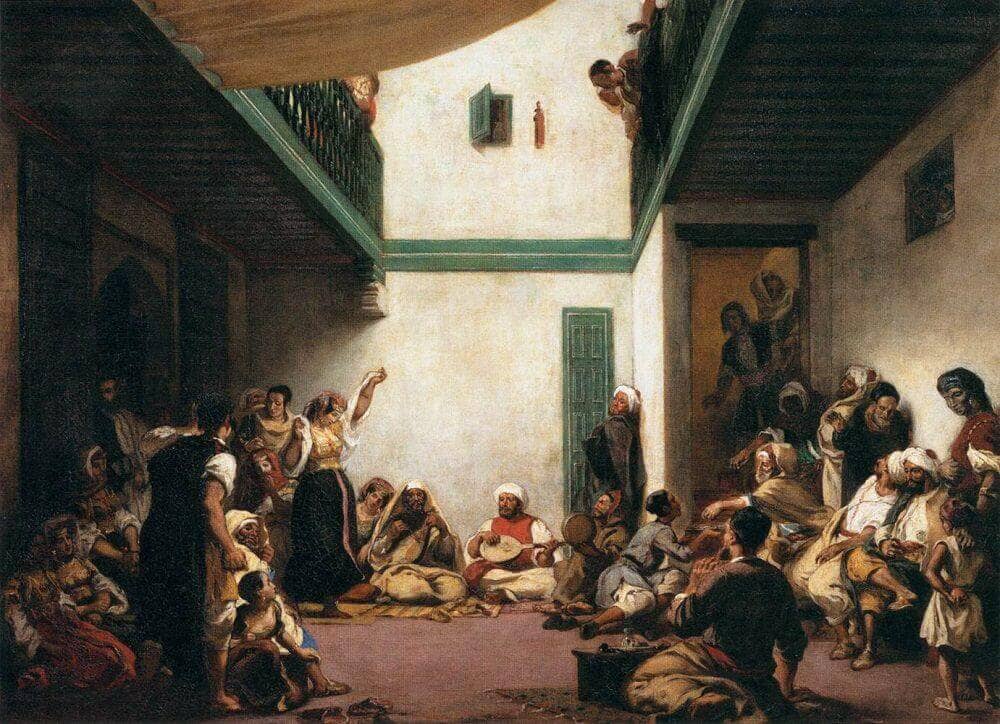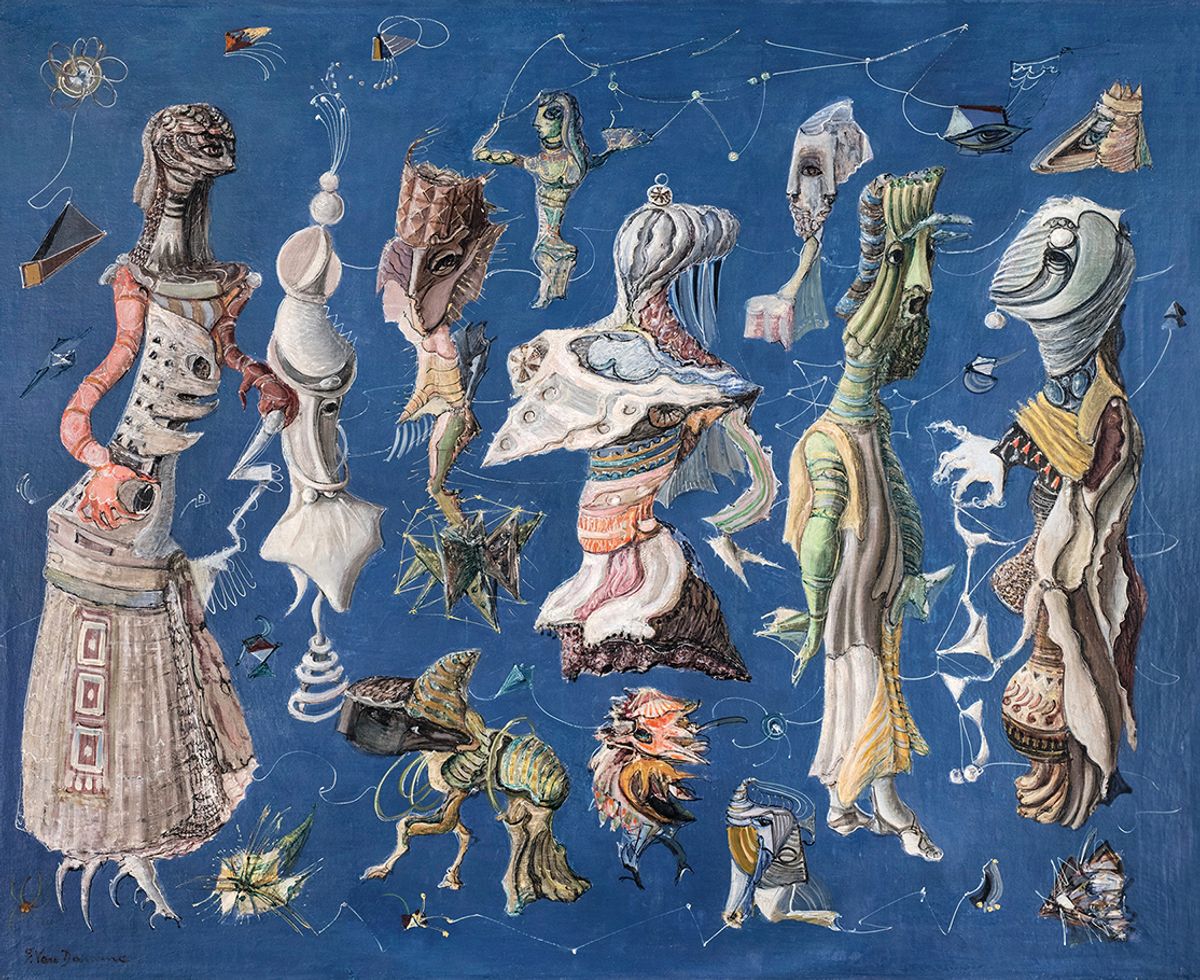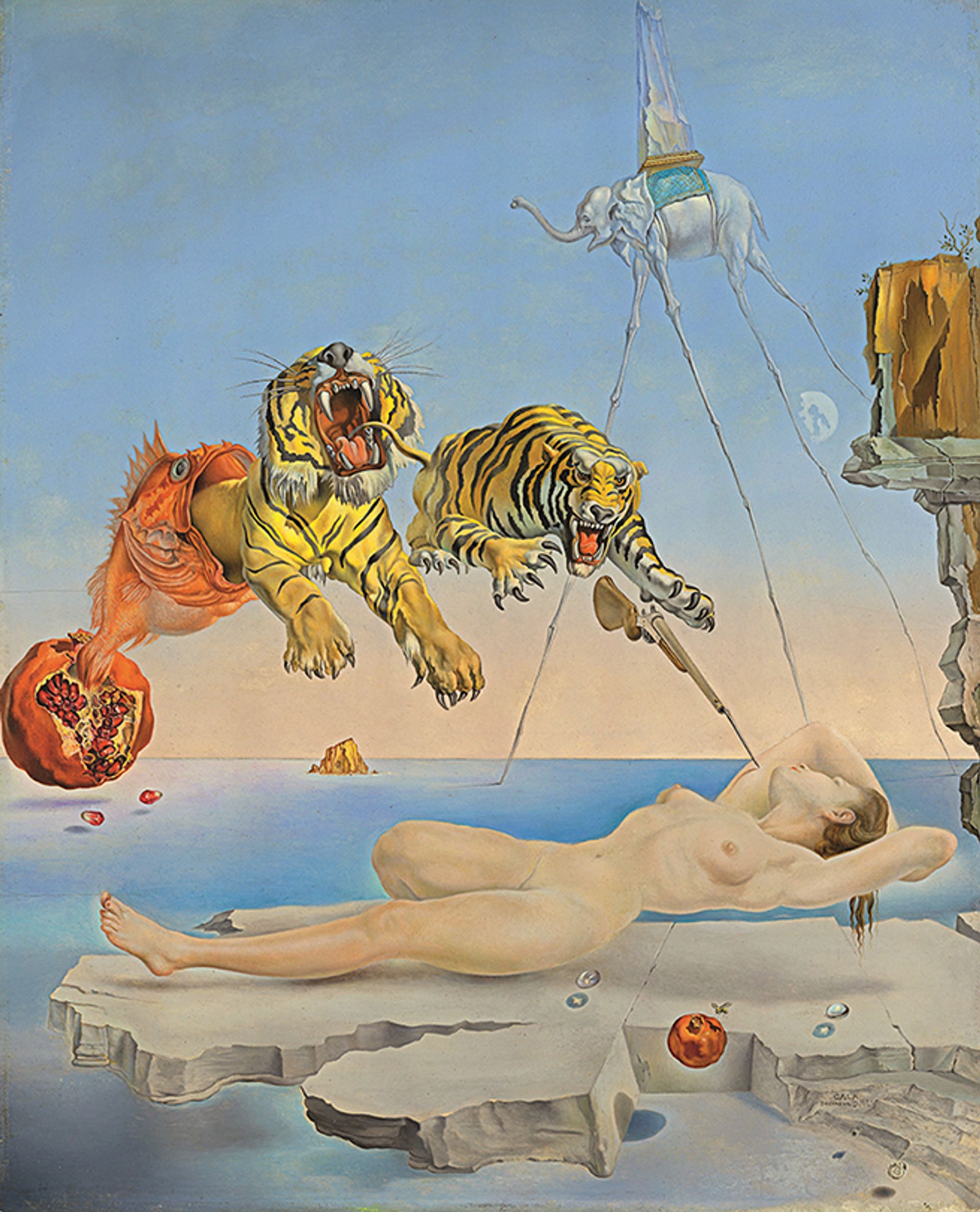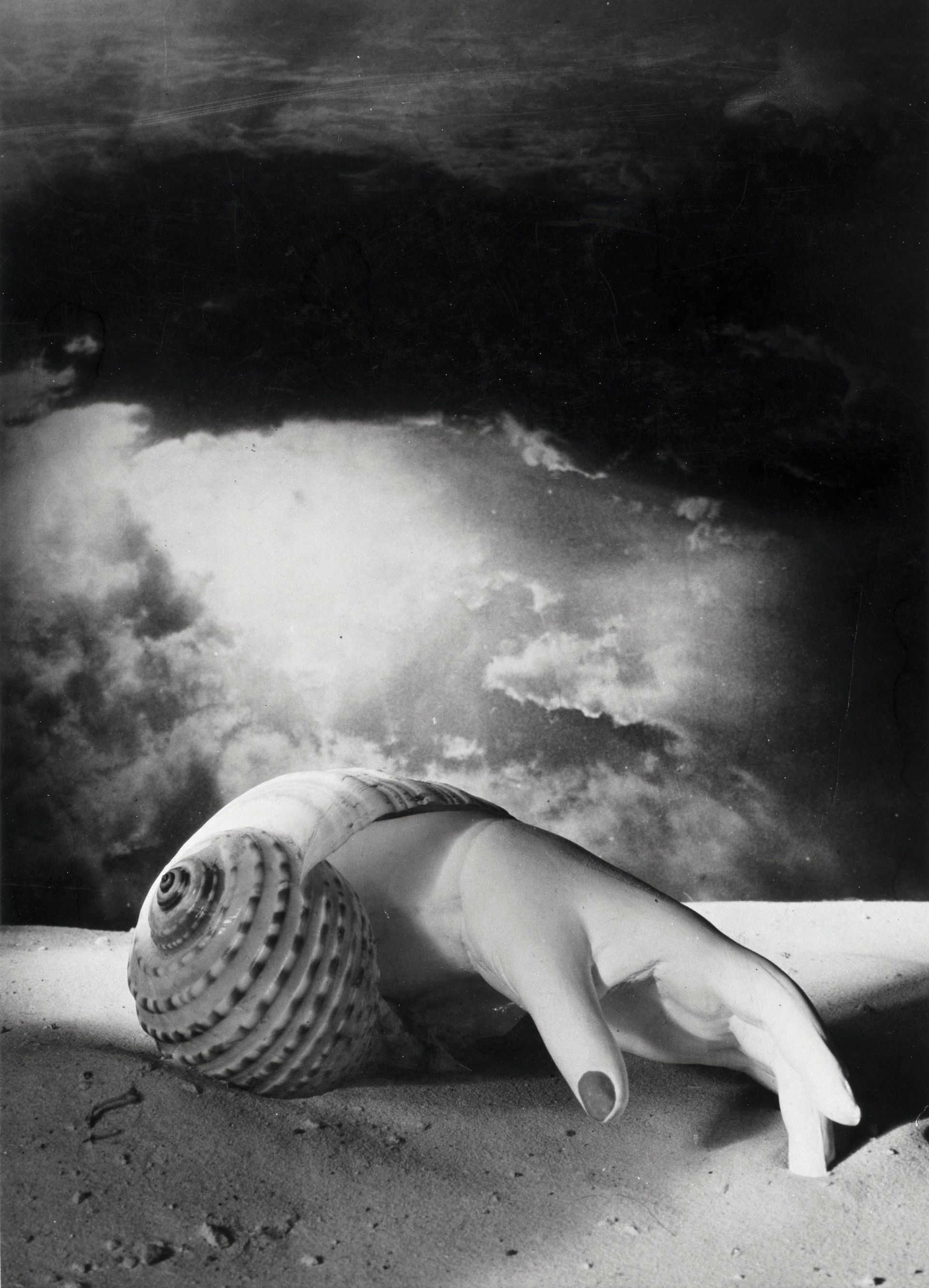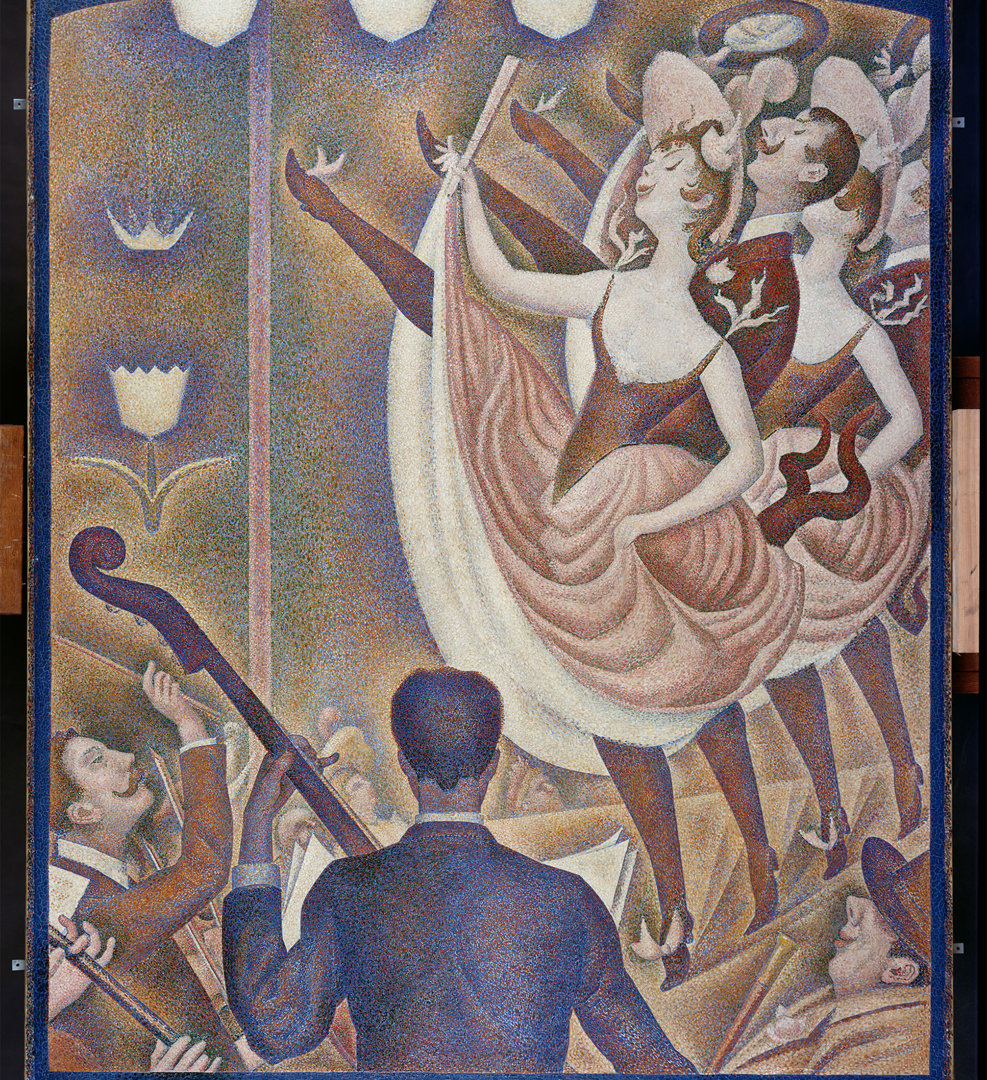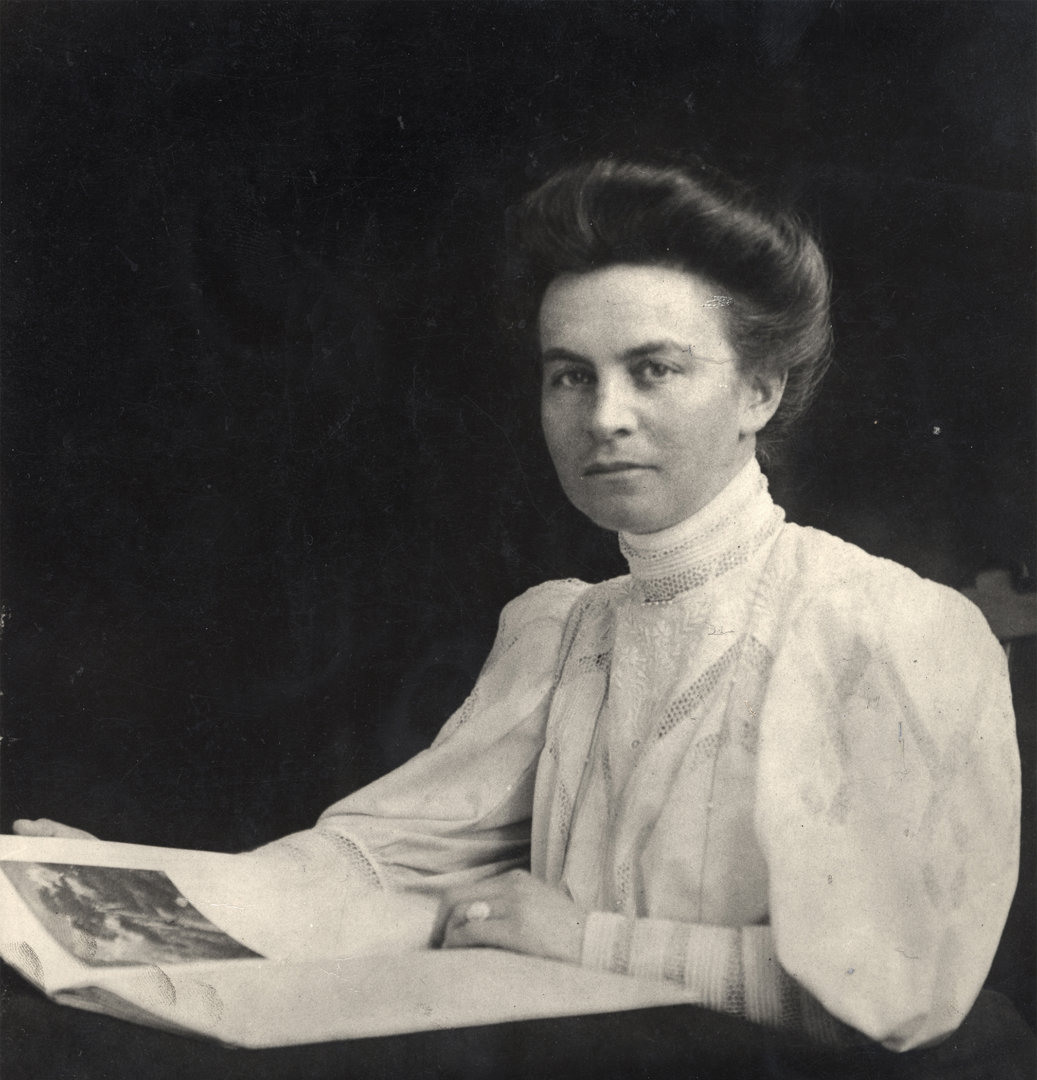High Museum of Art
Oct. 25, 2024-Feb. 16, 2025
Famed for her images of flowers and Southwestern landscapes, American artist Georgia O’Keeffe (1887-1986) spent several years of her prolific career exploring the built environment of New York City with brush in hand. This fall, the High Museum of Art will be the exclusive venue in the Southeastern United States to present “Georgia O’Keeffe: ‘My New Yorks’” (Oct. 25, 2024-Feb. 16, 2025). Featuring approximately 100 works across a range of media including paintings, drawings, pastels and photographs, the exhibition is the first to seriously examine how O’Keeffe’s urban landscapes fit within the diverse context of her art.
Organized by the Art Institute of Chicago, the exhibition establishes these works not as outliers or as anomalous to O’Keeffe’s practice but as entirely integral to her modernist investigation in the 1920s — from her abstractions and still lifes at Lake George in upstate New York and beyond to her works upon arriving in the Southwest in 1929.
“Most of our visitors likely know O’Keeffe best for her floral paintings and works focused on the American Southwest, including her 1919 painting ‘Red Canna,’ one of the most visited works in our collection,” said the High’s Director Rand Suffolk. “This exhibition offers the wonderful opportunity to highlight this important, but perhaps less recognized period of O’Keeffe’s artistic life and demonstrate how her ‘New Yorks’ exemplify her innovation as a Modernist.”
In 1924, O’Keeffe and her husband, photographer Alfred Stieglitz, moved to New York City’s newly built Shelton Hotel, then the tallest residential skyscraper in the world. Its soaring heights inspired a five-year period of energetic experimentation, across media, scale, subject matter, form and perspective. She created street-level compositions capturing the city’s monumental skyscrapers from below and suspended views looking down from her 30th-floor apartment. She called these works her “New Yorks” and through them investigated the dynamic potential of New York’s cityscape — the organic and the inorganic, the natural and the constructed.
These New York paintings are essential in understanding how O’Keeffe became the artist we know today. For this reason, the exhibition includes a significant portion of the artist’s New York paintings alongside select works that highlight her varied subject matter, including shells, flowers, abstractions and landscapes. This integration underscores how O’Keeffe centered her New York works in her innovative and experimental modernist investigation of form, line and color — an approach she continued upon her arrival in the Southwest. Additionally, the exhibition includes photographs by Stieglitz from the Shelton and other Manhattan high-rises, exploring the productive artistic dialogue that developed between them as each was inspired by their powerfully new urban environment.
The exhibition is curated by the Art Institute’s Sarah Kelly Oehler and Annelise K. Madsen. The accompanying richly illustrated catalogue features a series of essays that present new scholarship and viewpoints on this formative group of works.
“Georgia O’Keeffe: ‘My New Yorks’” was first on view at the Art Institute of Chicago in the summer of 2024 and will be presented at the High on the Second and Skyway Levels of the Anne Cox Chambers Wing.
Exhibition Organization and Support
“Georgia O’Keeffe: ‘My New Yorks’” is organized by the Art Institute of Chicago.
Georgia O’Keeffe (American, 1887–1986), East River from the 30th Story of the Shelton Hotel, 1928, oil on canvas, New Britain Museum of American Art, New Britain, Connecticut, Stephen B. Lawrence Fund, 1958.9. © Georgia O’Keeffe Museum.

Georgia O’Keeffe (American, 1887–1986), New York Street with Moon, 1925, oil on canvas, mounted to Masonite, Colección Carmen Thyssen. © Georgia O’Keeffe Museum / Artists Rights Society (ARS), New York.

Georgia O’Keeffe (American, 1887–1986), Manhattan, 1932, oil on canvas, Smithsonian American Art Museum, gift of The Georgia O’Keeffe Foundation, 1995.3.1. © Georgia O’Keeffe Museum. Photo courtesy of the Smithsonian American Art Museum, Washington, DC / Art Resource, New York.

Georgia O’Keeffe (American, 1887–1986), Chrysler Building from the Window of the Waldorf Astoria, New York, ca. 1960, gelatin silver print, Georgia O’Keeffe Museum, gift of The Georgia O’Keeffe Foundation, 2006.6.1370. © Georgia O’Keeffe Museum.

Georgia O’Keeffe (American, 1887–1986), New York, Night, 1928–1929, oil on canvas, Sheldon Museum of Art, University of Nebraska-Lincoln, Nebraska Art Association, Thomas C. Woods Memorial, N-107.1958. © Georgia O’Keeffe Museum. Photo by Bill Ganzel.

Georgia O’Keeffe (American, 1887–1986), City Night, 1926, oil on canvas, The Minneapolis Institute of Art, gift of funds from the Regis Corporation, Mr. and Mrs. W. John Driscoll, the Beim Foundation, the Larsen Fund, and by public subscription, 80.28. © Georgia O’Keeffe Museum. Courtesy of the Minneapolis Institute of Art.


